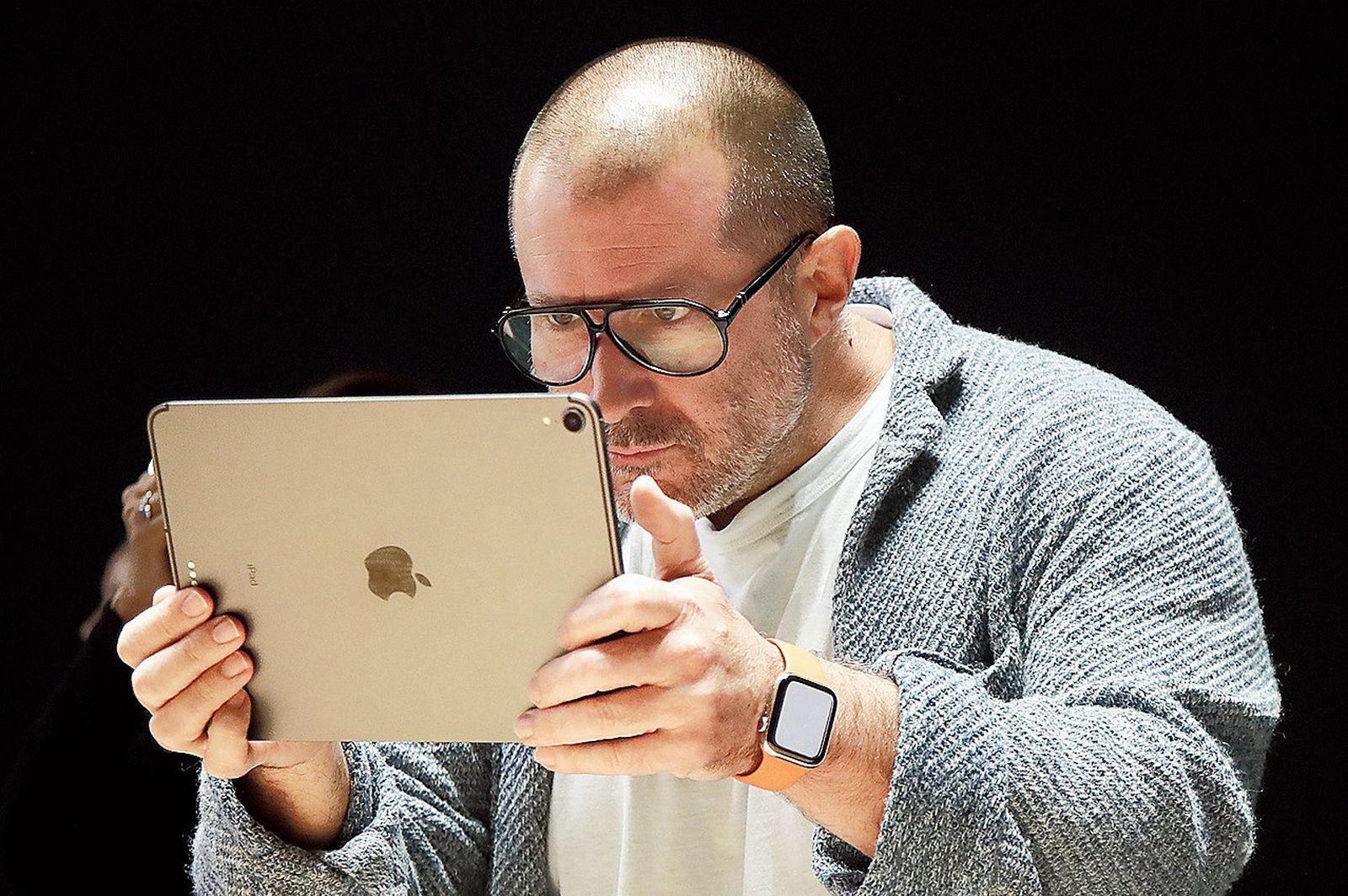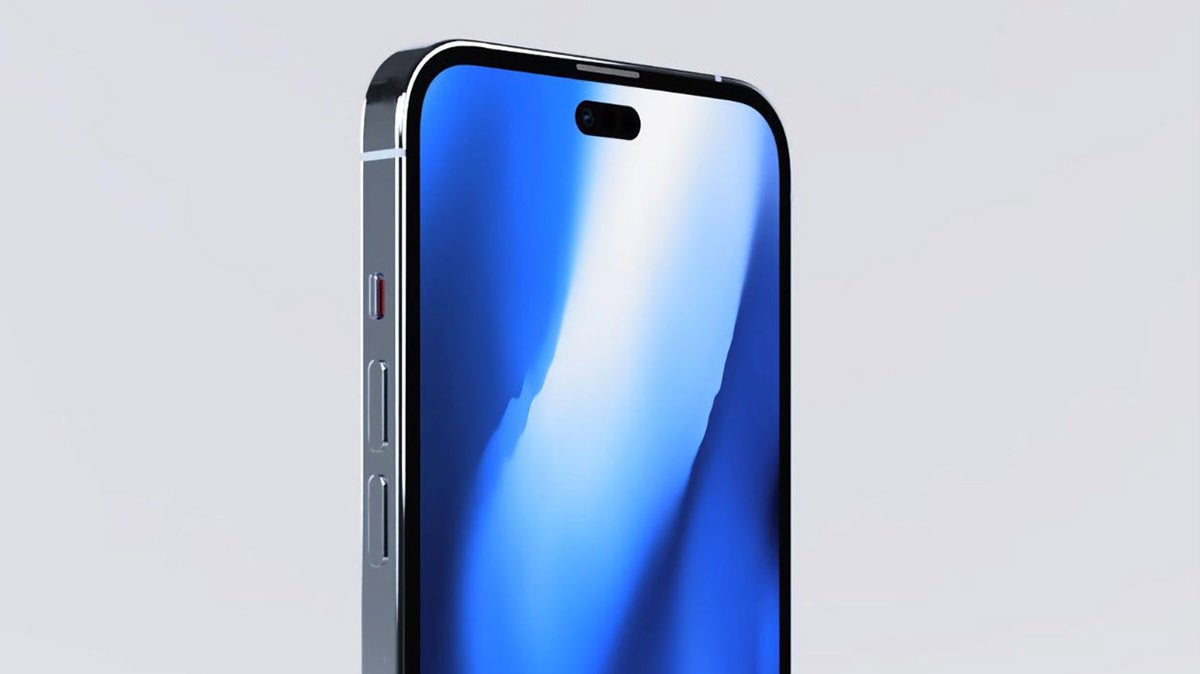The iPhone 14 Pro Max is an even bigger threat to Android than you may think
If you are interested in the smartphone industry, you probably already know the incredible importance flagship phones have in shaping up the narrative for a company, and with that its fortunes.
I think the iPhone 14 Pro Max is not only yet another flagship, but also an opportunity for Apple to change the balance of power in the industry and threaten the Android flagship ecosystem as a whole. Let me explain.
The Open vs Closed platforms debate
For years, one cliche was universally accepted as the rule of thumb: open platforms always beat closed platforms.
Of course, you have to define the terms and usually those terms involve volume and overall sales rather than pure profits. Microsoft’s Windows machines have always outsold Macs thanks to the open platform enabling dozens of manufacturers to create a huge variety of devices at different price points compared to… just a few devices on the Mac side.
Then, iOS and Android came, and something similar unfolded: dozens if not hundreds of new Android devices at every price point and form factor every year, and only a few iPhones. Those iPhones often criticized for being expensive and also only available in one or barely few form factors. Those high-end iPhones sure helped Apple reaped the profits, but never moved the needle in terms of volume and overall sales. At the end of the day, Android phones always sold in much higher quantities across the globe, while iPhones maintained a smaller but stable market share.
And it seemed that nothing could quite change that… until it did!
This BIG milestone just happened
In just the last couple of years, we have witnessed the tide turning and for the first time, a closed platform is rising to power. The first major market where this actually just happened is… the United States!
This comes via tracking the “active installed base”, a metric far less volatile and far more significant than quarterly or monthly smartphone sales. Apple has now hit 50% share in the US, a major milestone.
The importance of the active installed base number stems from the fact that for Apple, it is not just about the iPhone they sell. The iPhone just so happens to be the hub that connects to your AirPods, Apple Watch, the device you play Apple TV+ on, the home of Apple Arcade, the perfect companion for a Macbook. Calling it a gateway drug to the Apple ecosystem would be an understatement.
Apple’s move from “Air” to “Pro”
If you follow Apple, you might have noticed that there was a monumental shift in the company’s strategy that happened just a few years ago and coincided with the departure of chief designer Jony Ive.

Former Apple designer chief was at the helm when the company was focused on releasing ever thinner devices
It’s hard to pinpoint the exact moment the company shifted its opinion, but one moment we were watching Apple executives defending the brilliance of a super slim Macbook in YouTube interviews and seemingly ignoring users’ frustrations with lack of important features like a card slot, and the next moment, we see the company change course completely and introduce the same product in a much thicker form factor, with ports, an SD card slot, and pretty much everything users wanted.
It almost feels as if Jony Ive represented some wing of Apple that envisioned a future where we have super thin devices, and another fighting wing that actually wanted us to have the features users actually need, even if that meant slightly heavier and bulkier devices.
And while this trend has been abundantly clear in the context of Macbooks, you can also notice it in the iPhone lineup as well.
iPhone 13 changed the game
The truth is, just recently, iPhone users were mocked for being “wall-huggers”, aka people who always had to look for a charger for their perpetually out-of-juice iPhones. The iPhone 8 series, the X, the XS, they seemed to focus on everything but the battery life.
But the real leap happened last year. Truth be told, expectations weren’t sky high for the iPhone 13 series. Rumors and leaks had set the stage for a modest, even boring update, but to everyone’s surprise Apple bumped battery sizes in the 13 series by up to nearly 20% on the largest model.
Coupled with a more efficient display and processor, this resulted in even bigger real-life battery gains that smoked the competition.
PhoneArena battery test results
Suddenly, one of the big advantages of Android flagships was not only gone — Apple had now taken the lead, and one phone in particular stood out: the iPhone 13 Pro Max.
With a confident, 2-day battery life, the Pro Max was unlike any other flagship on the market. It was no longer just Apple fans raving about it, loyal Android users started noticing that this device outperformed their favorite phones in this one key metric.
iPhone 14 Plus and iPhone 14 Pro Max: the next big step

The iPhone 14 Pro Max may be about a lot more than a new pill-shaped front camera
2022 did not help Android phones much to catch up. The original Snapdragon 8 Gen 1 chip was a bit more powerful, but problems with overheating and power management were present, and like it or not, the next wave of Android flagships is only coming next year, while the iPhone 14 series are… just around the corner.
Apple is only expected to push the pedal to the floor with the next generation, the iPhone 14 Pro Max.
Rumors mention another battery boost, a new A16 Bionic processor that would focus more on power efficiency rather than performance gains, and Apple’s hidden weapon, a next generation M12 OLED display that not only looks incredible, but is also very power efficient.
And it is the iPhone 14 Pro Max that will benefit from all of that altogether. It won’t be a massive increase, but it will likely be another significant battery boost to a phone that already has no real competition in battery life!
And if Android users were already getting a bit jealous of the iPhone 13 Pro Max, this year, they will also have an even cheaper iPhone 14 Plus model that would also deliver similarly great battery longevity at a much lower price.
And having two such incredibly strong reasons to switch to iPhone, is something that will be a constant threat to the Android platform as a whole, as more users switch to the other side. And you probably already know by your friends, that most people who switch to a new platform, actually tend to stick with that platform for quite a long while.
Android better have a good answer to the iPhone 14 battery life, or it might just become the exception and be the one open platform that succumbed to the closed one.
For all the latest Technology News Click Here
For the latest news and updates, follow us on Google News.

